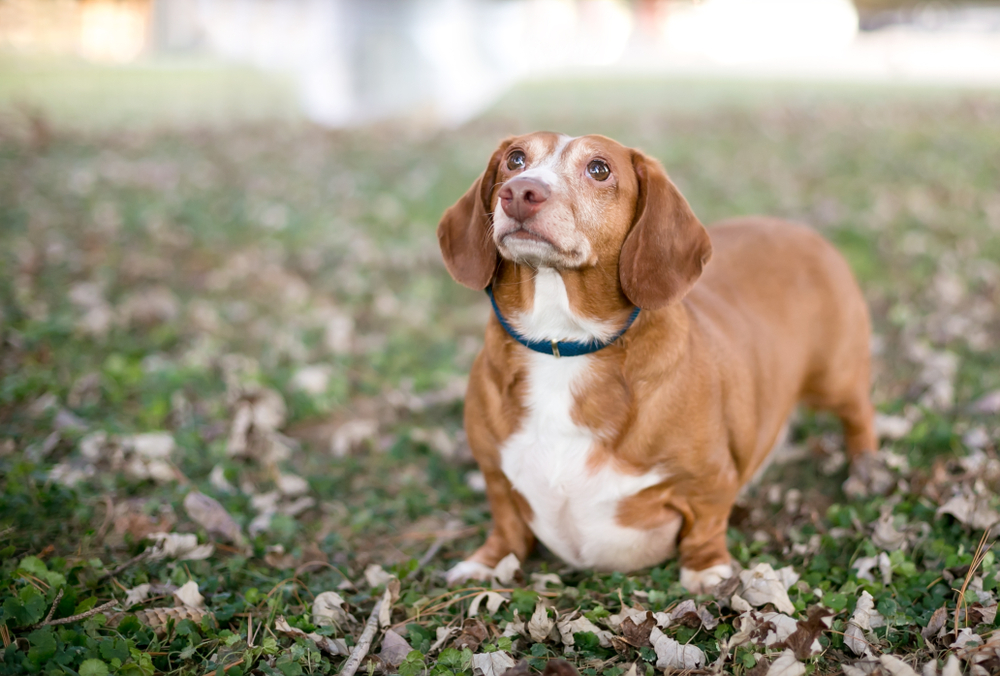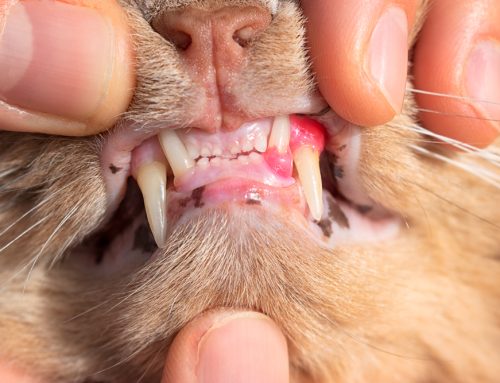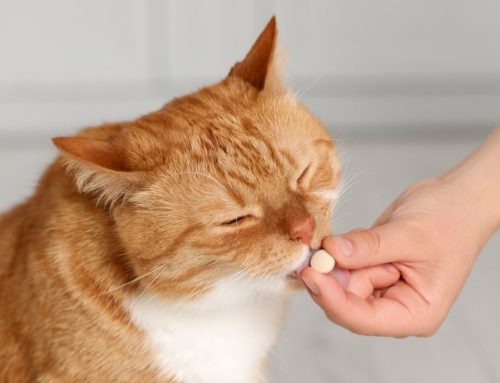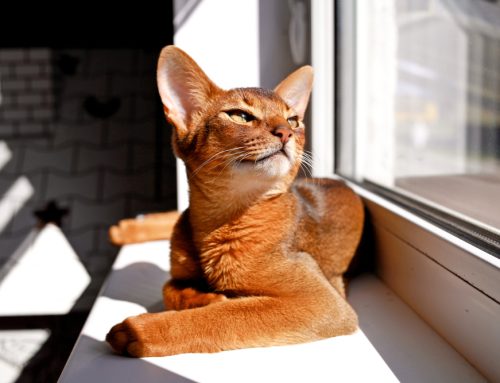With more than half the nation’s pets classified as overweight or obese, pet owners should take this issue more seriously. Read our Aberdeen Veterinary Clinic team’s pet weight guide and learn why your furry pal may be packing on the pounds, how you can help them lose weight, and help keep them fit and lean.
Reason #1: Your pet’s meals are not properly portioned
Solution: Consider how you dole out your pet’s meals. Do you scoop the food using whatever is handy? Do you fill the bowl every time the kibble gets low? No matter how you feed your pet, you need to first calculate the number of calories they require each day. Then, divide that amount into two or three meals, leaving room for treats. Next, use a proper measuring cup to dish up each portion accurately.
If your pet needs to lose weight, avoid drastically cutting the amount of food you serve them, because if they don’t receive adequate nutrition, they can become malnourished, and a cat can also develop hepatic lipidosis, a life-threatening liver condition. Gradually switch the food your pet has been eating to a low-calorie or prescription weight loss diet to ensure they get their essential vitamins and minerals.
Reason #2: Your pet doesn’t get enough exercise
Solution: Squeezing your own exercise regimen into your busy schedule is challenging enough, much less ensuring your pet is physically active each day. To ensure you both fulfill your daily exercise requirements, participate in these interactive activities:
- Hiking
- Running
- Swimming
- Agility
- Hide-and-seek
- Playing games or with toys
No matter the activity you choose to share with your pet, ensure you carve out time each day to do it. Start moving slowly and gently if your pet is seriously obese, and gradually increase exercise sessions’ intensity and time as your furry pal gains strength and stamina.
Reason #3: Treat calories add up fast
Solution: You give your dog a treat when they come in from outside, your cat earns a treat when they pounce on their feather wand, and you can’t help but give your furry pal a treat for looking adorable. All those treats’ calories add up quickly. However, only 10% of your pet’s daily calorie intake should be from treats.
Rather than giving your pet handfuls of high-calorie treats for each cute antic they perform, offer them fresh fruits and veggies. Baby carrots, green beans, broccoli, berries, and banana chunks can make delicious, healthy alternatives.
Reason #4: You didn’t realize your pet was overweight
Solution: Pet owners often have difficulty determining whether their cat or dog is obese, as being overweight is typically the norm today. About one-third of people who have overweight pets do not realize their pet is too heavy.
To discern whether your pet is more fat than fluff, use a body condition scoring (BCS) system. Whether you use a five- or nine-point scale, your pet’s ideal weight should be at a three on a five-point scale or at a five on a nine-point scale.
To determine your pet’s BCS, place your furry pal in a standing position and look at them from above, checking for a distinguishable waistline. Your pet’s waist should curve in from their ribs to their hips to form an hourglass shape. Again, with your pet in a standing position, look at them from the side. Their abdomen should tuck up from their ribs into their hind legs to create a prominent abdominal tuck. Last, run your hands over your pet’s ribs, spine, and hips. You should be able to feel these skeletal structures by applying minimal pressure. If your pet has short hair, the bones should be faintly visible. If you struggle to visualize any of these body landmarks or have to press firmly to feel your pet’s skeletal structure, they are too heavy.
Reason #5: Your pet has an underlying health issue

Solution: In some cases, a health condition may trigger your pet’s weight gain by causing their metabolism to plummet, or by interfering with their weight loss. Hypothyroidism and Cushing’s disease are chronic health issues that can slow your pet’s metabolism, while arthritis makes exercise difficult, and your pet fails to burn calories. Early diagnosis and intervention through regular wellness screening tests can help our Aberdeen Veterinary Clinic team spot and treat your pet’s medical issues before they become serious.
Sometimes, medication can cause your pet to gain weight. For example, long-term steroid or phenobarbital use can increase a pet’s appetite and lead to weight gain. A medication’s unpleasant side effects may be unavoidable, but they can often be mitigated. To determine whether a solution to your pet’s medication weight gain is possible, consult with our team.
If you have been struggling to help your pet lose weight, turn to our Aberdeen Veterinary Clinic team for help. Give us a call to schedule your four-legged friend’s nutrition and exercise consultation.







Leave A Comment